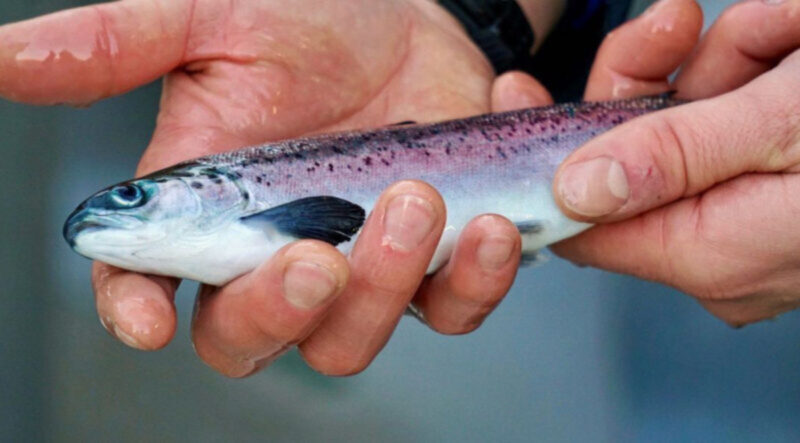No ‘relevant association’ between sea lice and salmon farms
New Federal Government science report dismantles key claims by anti–salmon farming activists’ groups in British Columbia
By Fabian Dawson
SeaWestNews
Sea lice on salmon farms in British Columbia do not impact on the prevalence of the naturally occurring parasite on migrating wild stocks, states a new Federal Government science report.
The peer-reviewed Science Response Report published on the Department of Fisheries and Oceans Canada’s (DFO) website by the Canadian Science Advisory Secretariat (CSAS) concludes there is “no statistically relevant association” regarding sea lice and the production of farmed salmon.
The report dismantles a key claim by anti-fish farming activists’ groups that hazardous levels of naturally occurring parasitic sea lice in B.C. waters should necessitate the shutting down of the salmon farming industry.
Previous studies have already shown that in B.C., regardless of the presence or absence of salmon farms, there is wide variability in sea lice prevalence in coastal locations. Research over the past decade shows lice levels are significantly linked with ocean conditions and variations in wild hosts.
The new report adds to the nine previous CSAS science reviews (2020) on salmon aquaculture in BC, that concluded “minimal risk” to Fraser River Sockeye salmon from all relevant fish pathogens of concern.
“The current report indicates that there is no statistical correlation between sea lice counts on wild and farmed populations of salmon – meaning that the presence of farmed salmon does not appear to have a measurable impact of sea lice counts on wild salmon populations,” said the BC Salmon Farmers Association (BCSFA).
Sea lice naturally occur in the Pacific Ocean, and farm-raised salmon enter the ocean free of sea lice.
BC Salmon Farmers, under DFO stringent regulations, practice precautionary management measures to minimize sea lice transmission from farmed to wild salmon.
“This includes focused integrated pest management with a suite of treatment tools…this latest science review is a confirmation that the hard work is paying off, said Brian Kingzett, Executive Director of the BCSFA.
“As a sector, we continue to improve and innovate to ensure that our operations have minimal impact on the surrounding ecosystem,” he said.
“As farmers, and as British Columbians, we care about wild salmon and agree whole heartedly with DFO Minister Joyce Murray regarding ensuring the protection of wild Pacific salmon.”
Kingzett said BC’s salmon farmers will continually strive through innovation and Indigenous oversight to lower sea lice levels on farms and build on the results reflected in this recent CSAS review, “to show that farmed and wild salmon can coexist sustainably.”
Last week, BCSFA released a report calling for First Nations’ right to self-determination and reconciliation to lead the way to a successful transition plan for salmon farming in British Columbia.
The report titled, “BC Salmon Aquaculture Transition: Then & Now”, comes as the Federal Government works with stakeholders to determine what should be included in an open-net pen transition plan for Canada’s West Coast.
It outlined how the sector’s deep history of innovation supports the federal government’s vision for BC aquaculture, reconciliation, food security, the blue economy, and climate friendly protein production.
BC’s salmon farmers said the proposed transition plan by the government, expected this spring, has the potential to create a level of business certainty required for the long-term stability of the sector that generates over $1.2 billion towards the provincial economy and thousands of jobs.
Farm-raised salmon is BC’s highest valued seafood product, the province’s top agricultural export, and generates over $1.2 billion towards the provincial economy, creating thousands of jobs.
(File image shows a salmon smolt)

